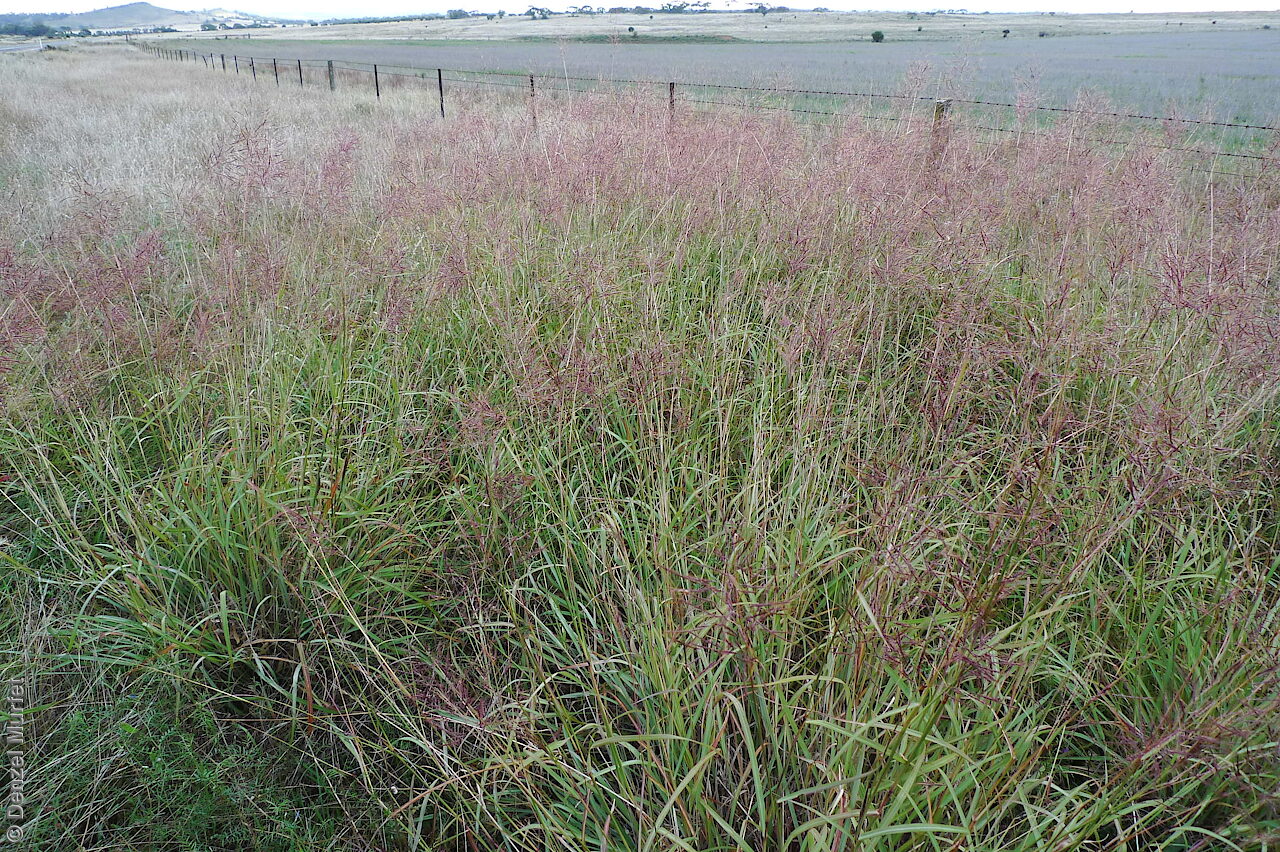
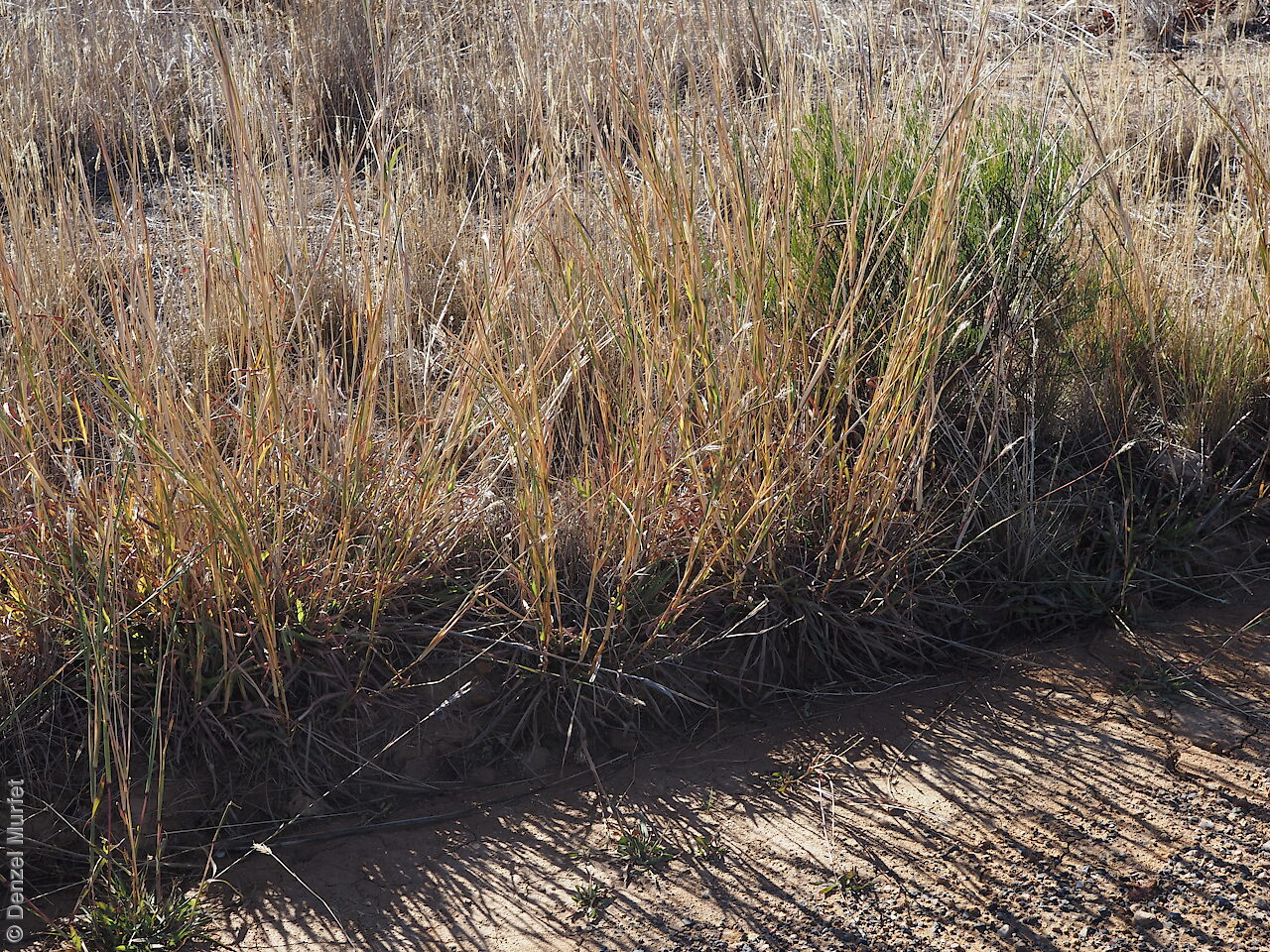

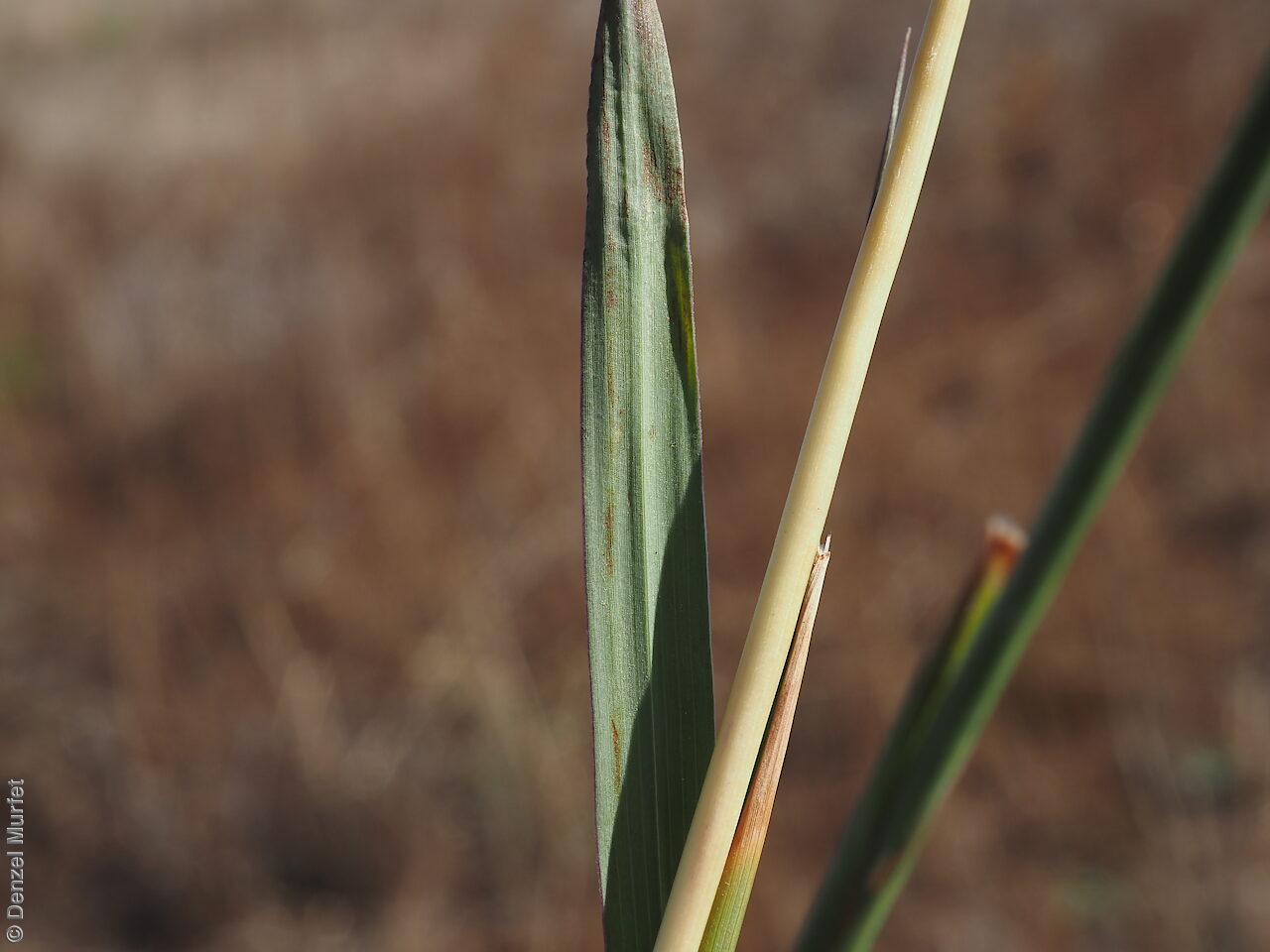
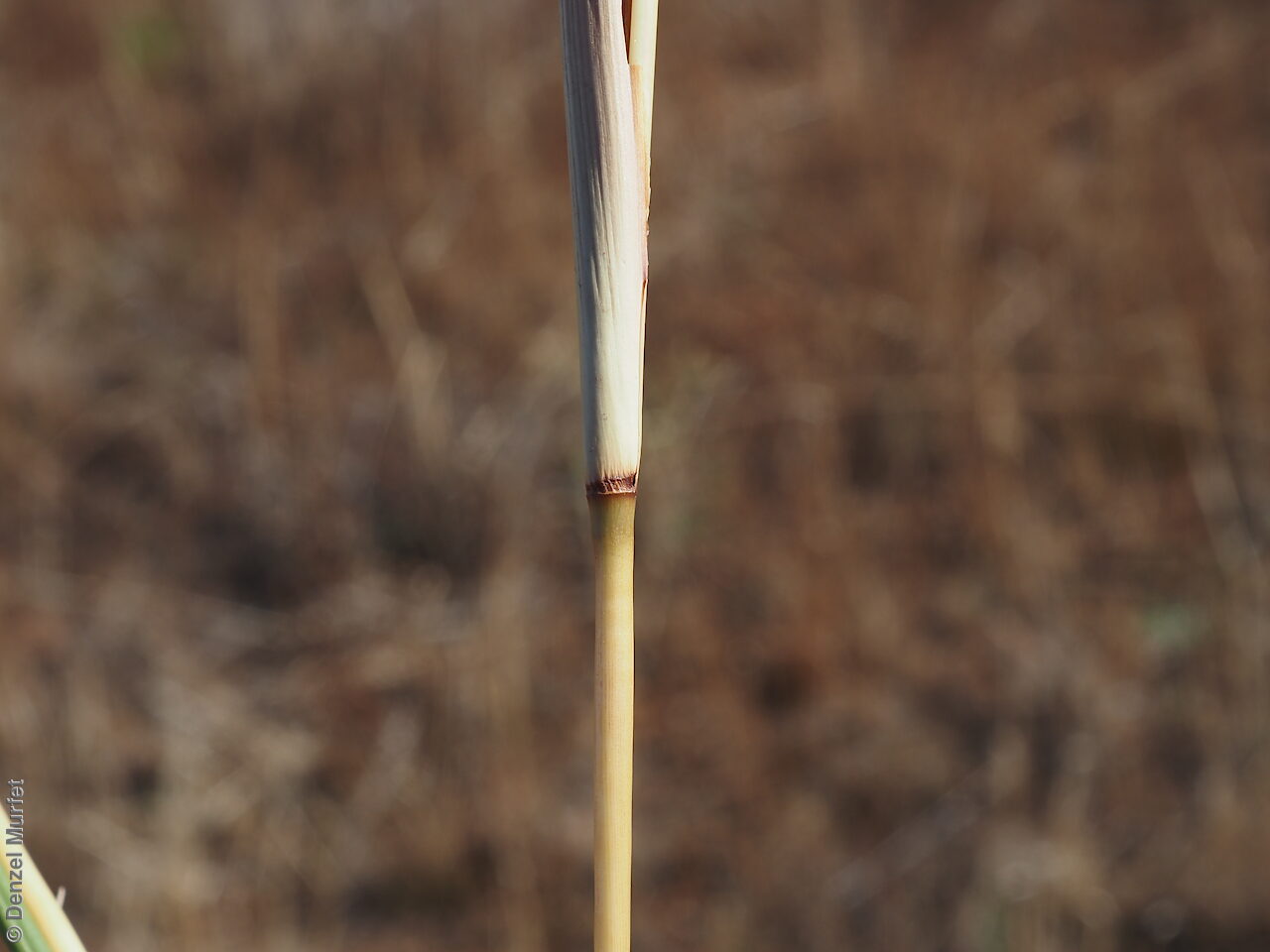
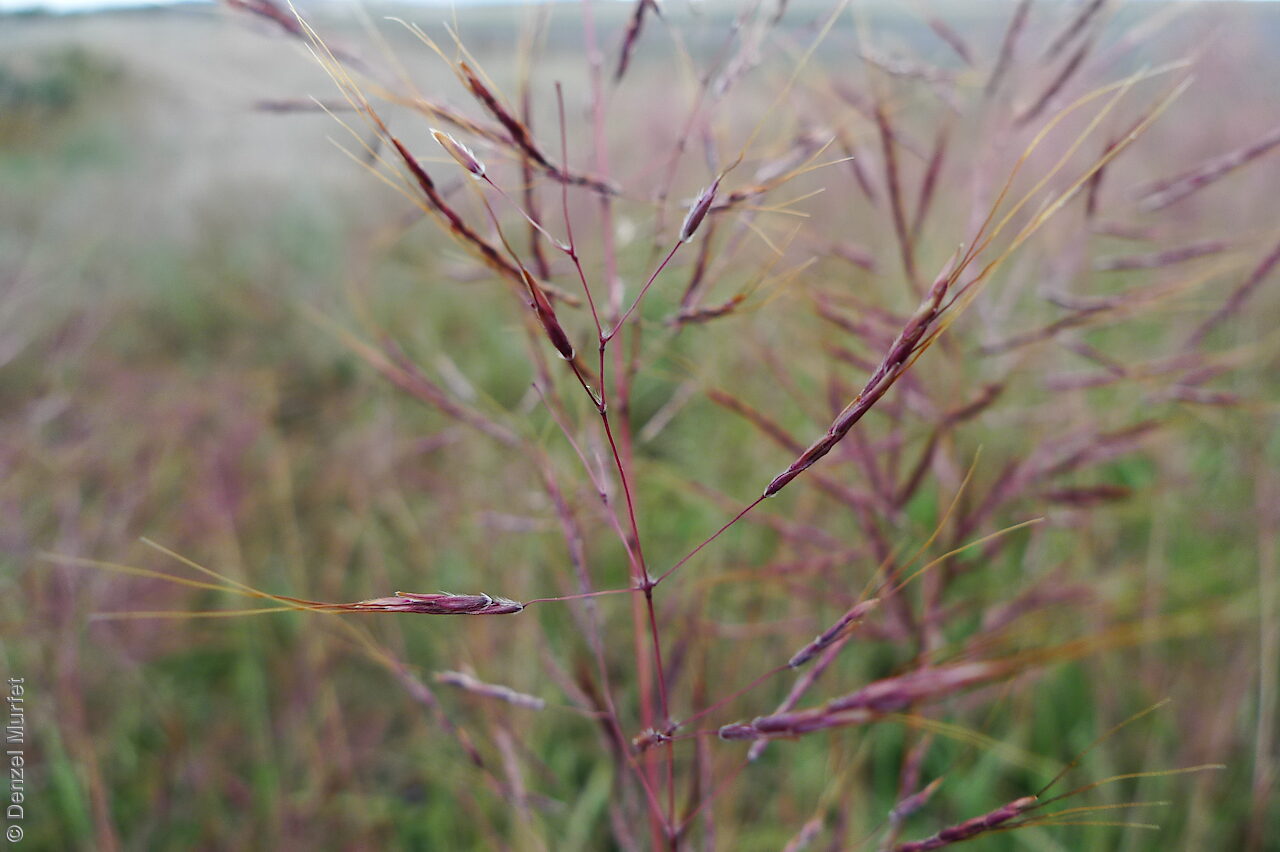
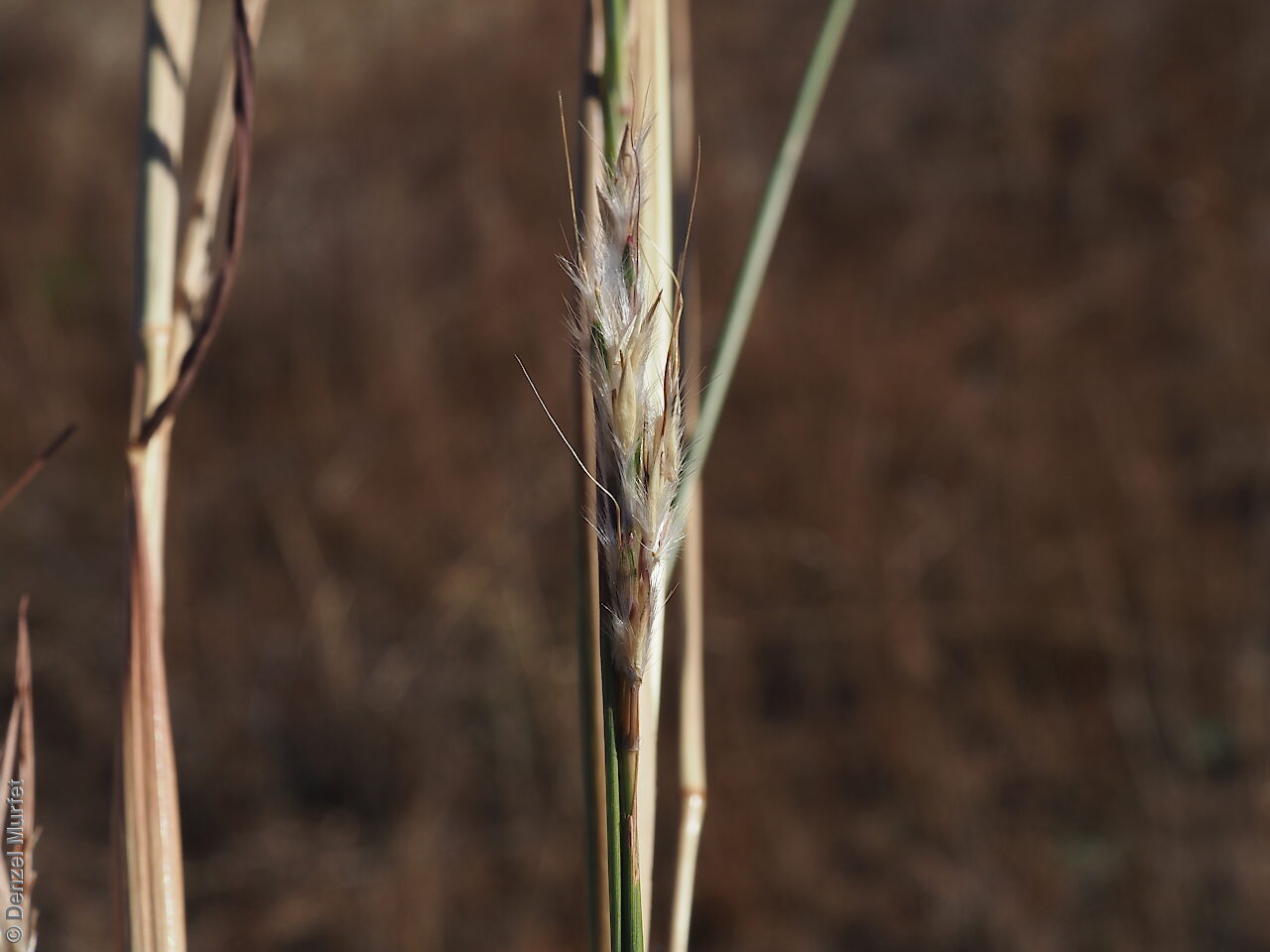
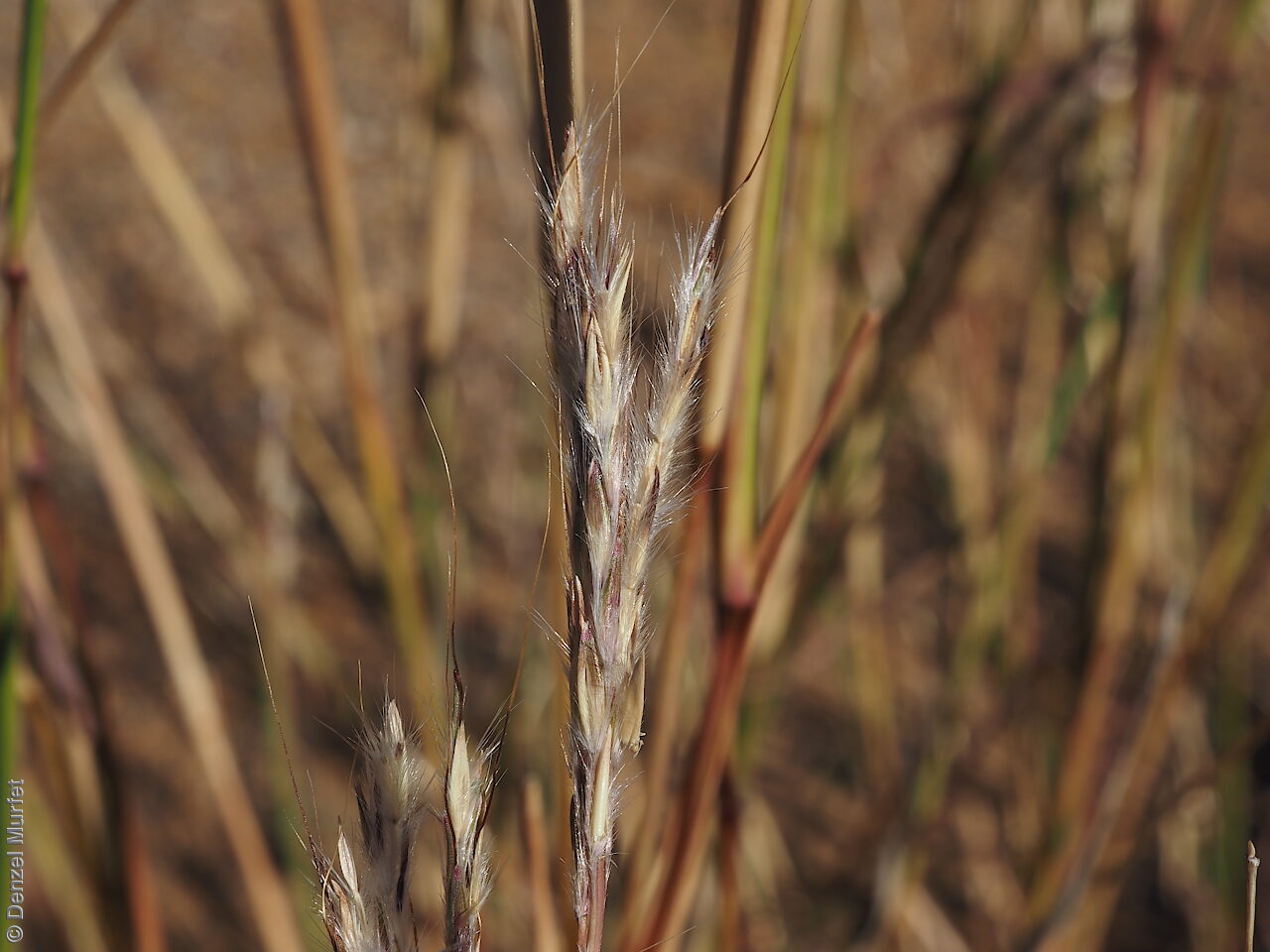
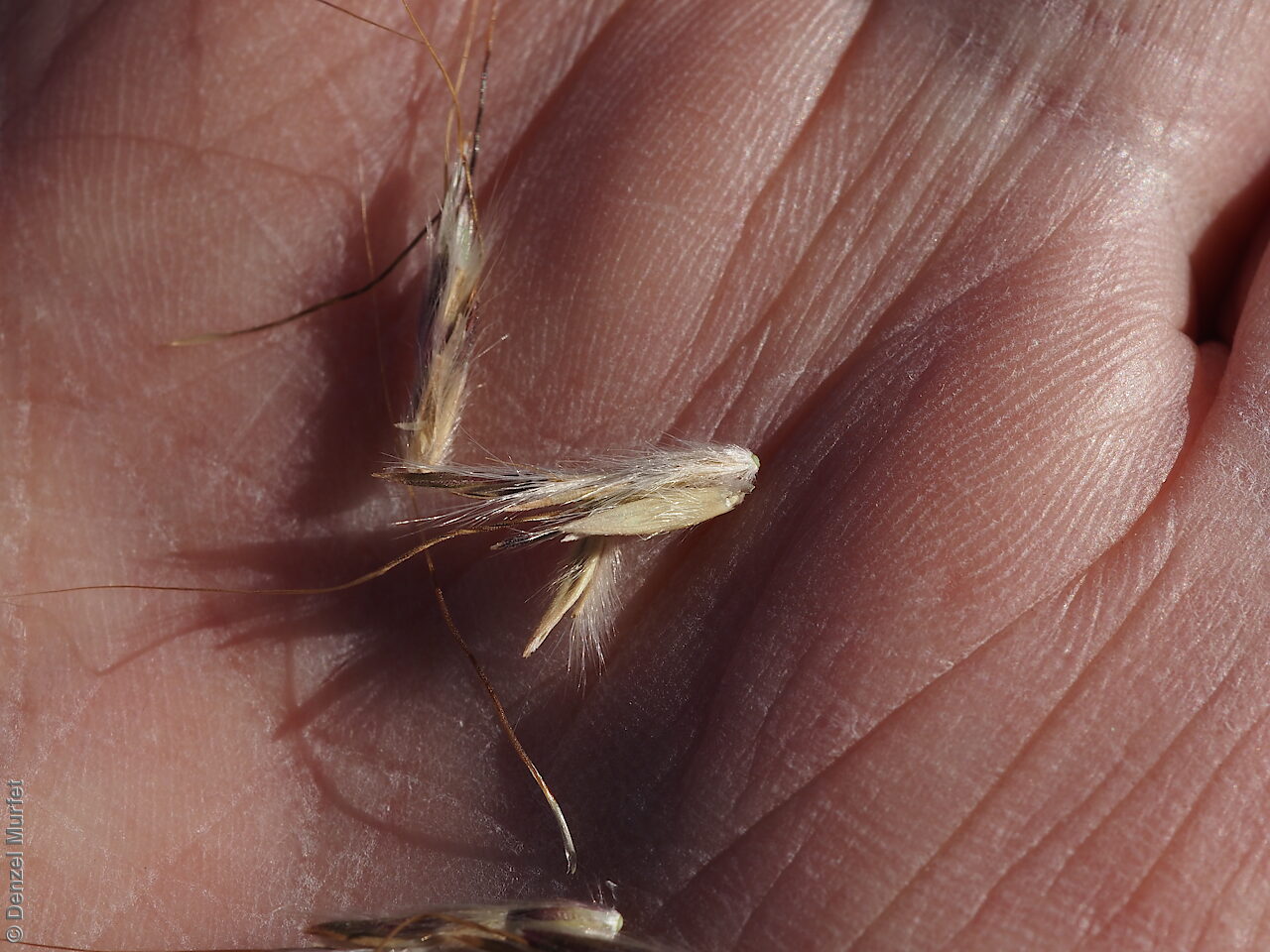
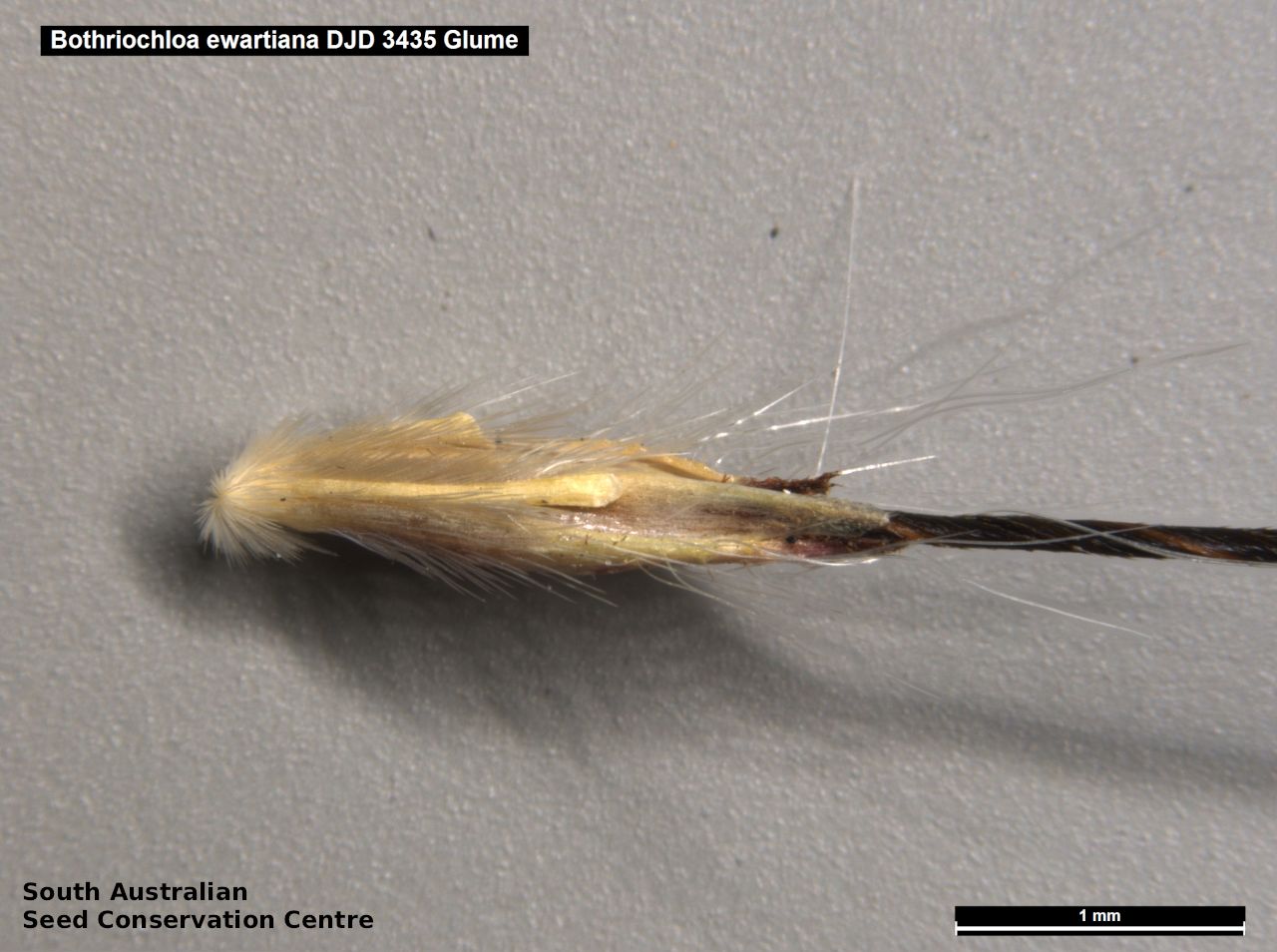
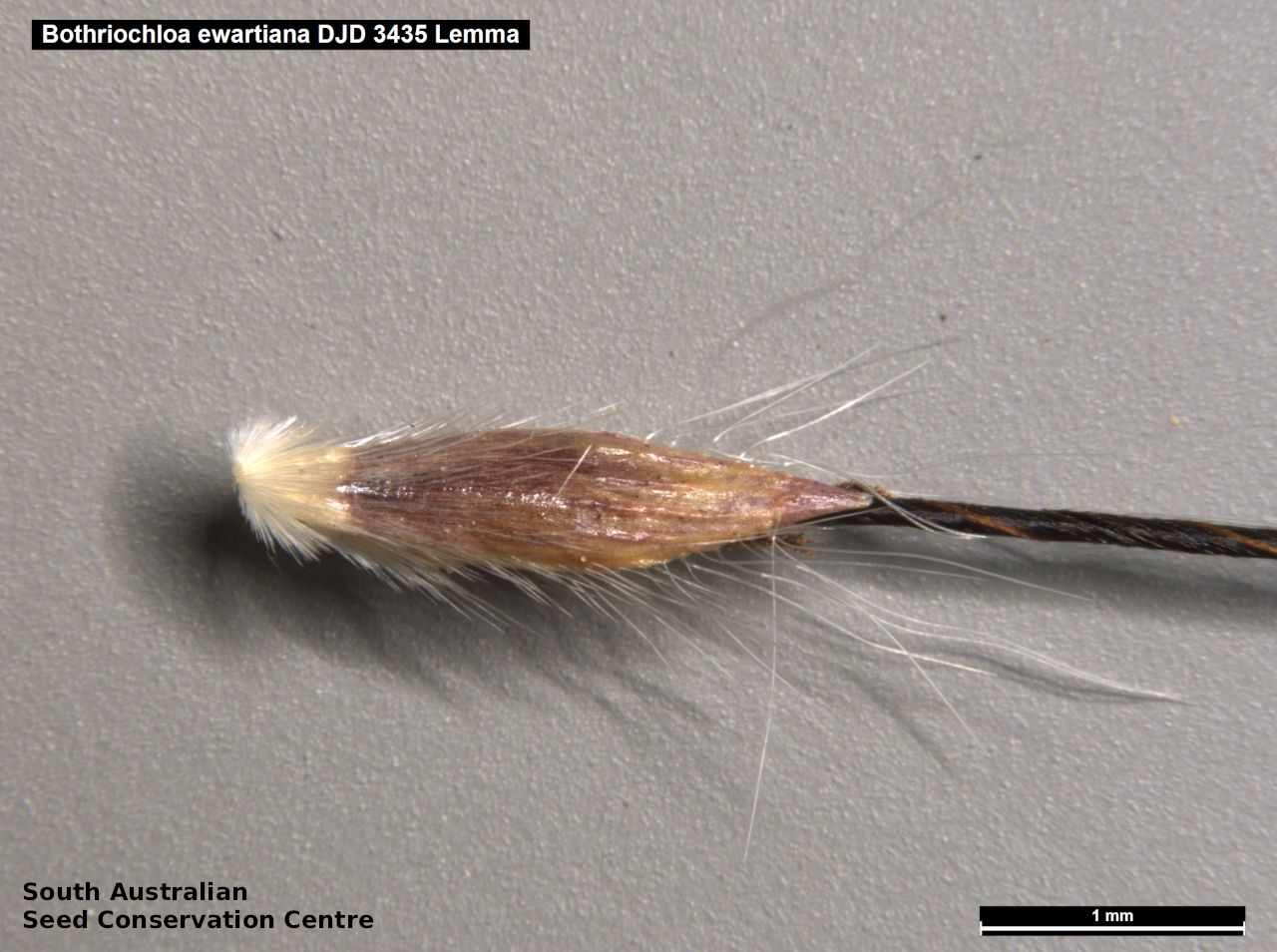
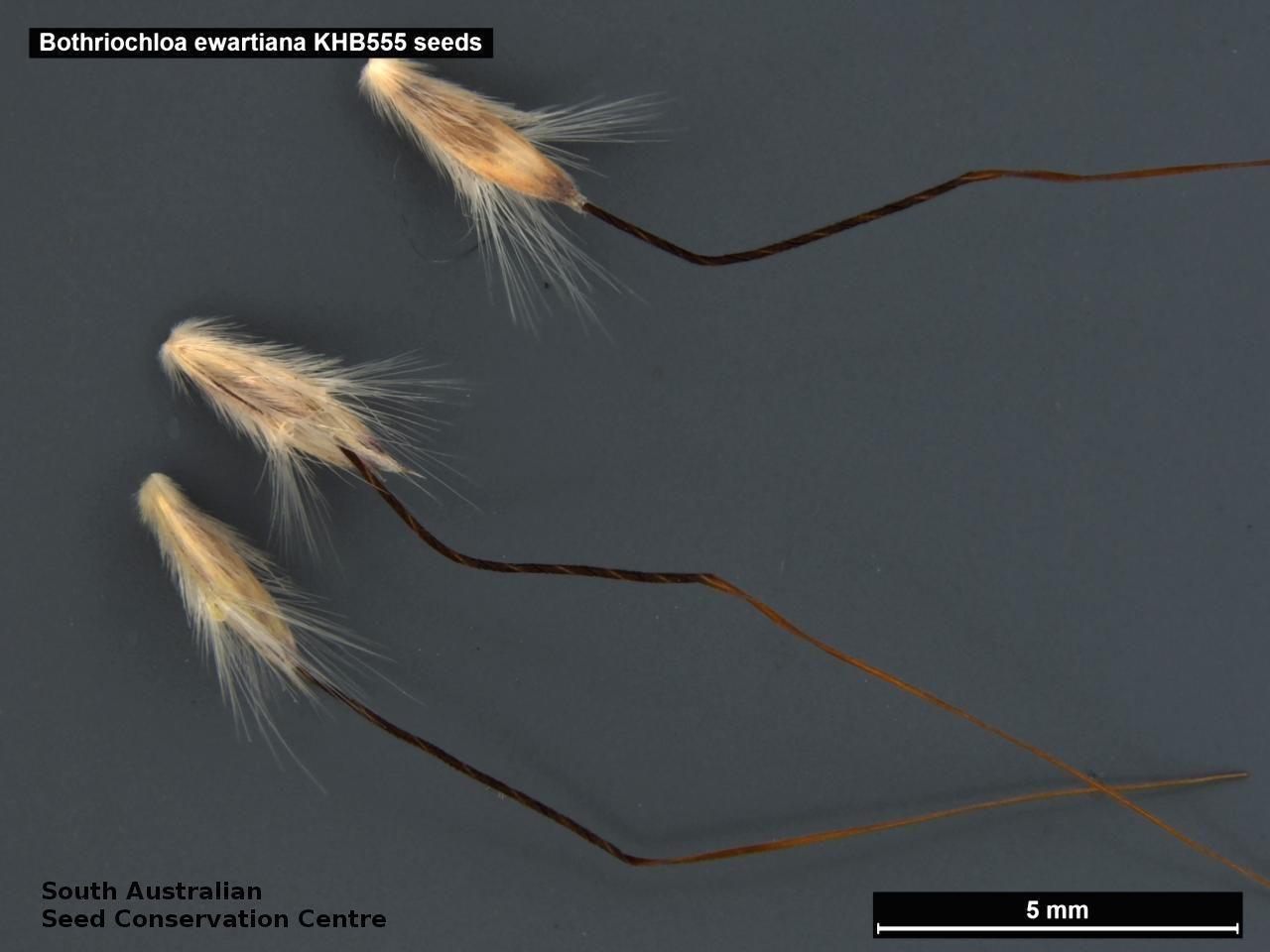
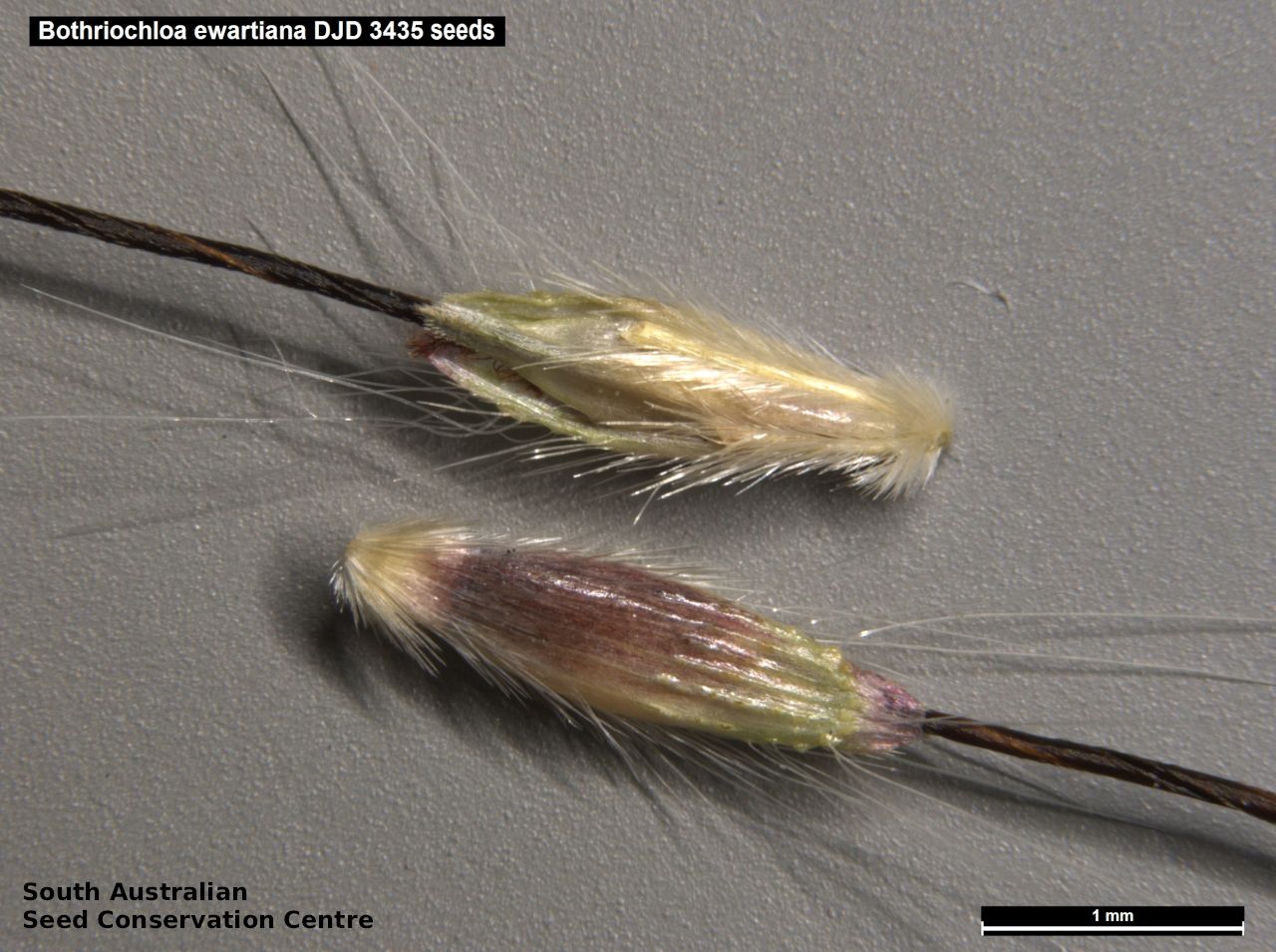

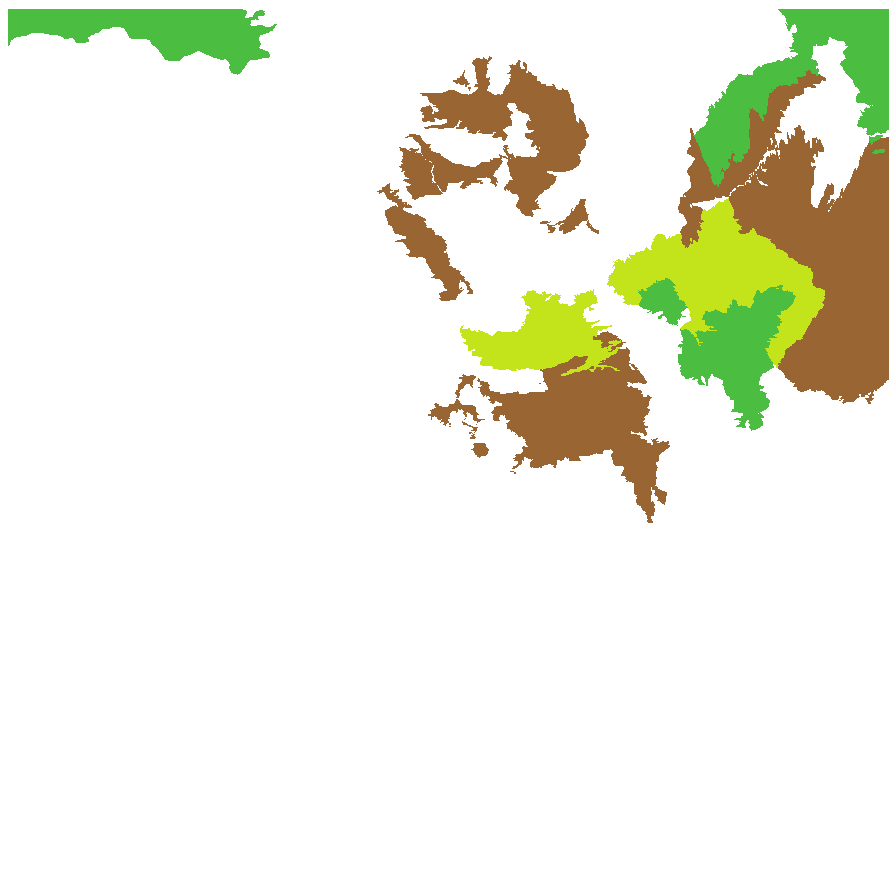
Prior names
Dichanthium ewartianum
Andropogon ischaemum
Andropogon ewartianus
Etymology
Bothriochloa from the Greek 'bothrion' meaning little furrow or pit and 'chloe' meaning grass, referring to the distinctive discolored groove in the joints and pedicels. Ewartiana named after Alfred James Ewart (1872-1937), a British born botanist and plant collector, Professor of Botany at the Melbourne University and botanist for the Victorian government.
Distribution and status
Found scattered in the northern part of South Australia, growing in dry woodland. Also found in Western Australia, Northern Territory, Queensland and New South Wales. Native. Common in South Australia. Common in the other States.
Herbarium regions: North Western, Lake Eyre, Gairdner-Torrens, Flinders Ranges
NRM regions: Alinytjara Wilurara, South Australian Arid Lands
AVH map: SA distribution map (external link)
Plant description
Perennial grass with stiff, glabrous stems to 80 cm high, with pubescent nodes. Leaves glabrous, flat to 5 mm wide. Inflorescence racemes straw-coloured or purplish. Flowers throughout the year, depending on rainfall. Fruits are fan-like spike at end of long stalk. Seeds are yellow-brown grain to 2 mm long. Seed embryo type is lateral.
Seed collection and propagation
Collect seeds between January and December. Use hands to gently strip seeds off the mature seed spike that are turning straw colour or purplish. Mature seeds will come off easily. Alternatively, you can break off the whole seed spike. Place the seeds/spike in a tray and leave to dry for two weeks. No further cleaning is required if only seed collected. If seed spikes collected, use hand to strip off the mature seeds. Store the seeds with a desiccant such as dried silica beads or dry rice, in an air tight container in a cool and dry place.